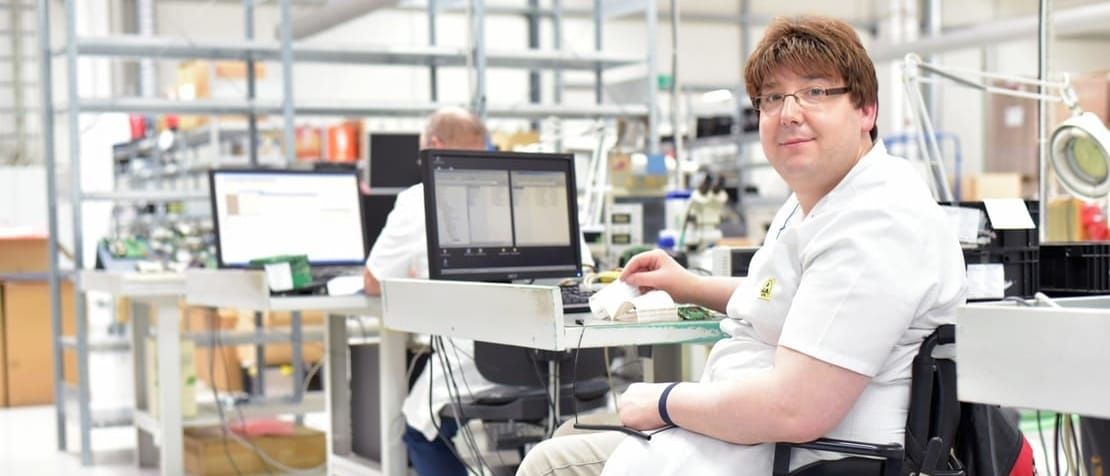
Accessible ICTs: Including persons with disabilities in technology standards
The theme of the International Day of Persons with Disabilities 2018 — ‘Empowering persons with disabilities and ensuring inclusiveness and equality’ — resonates with ITU’s efforts to empower persons with disabilities (PwD) through information and communication technologies (ICTs).
From captioning to screen-readers to robots and navigational tools, ICTs can provide opportunities and benefits for people with visual, hearing or motor disabilities and persons with specific needs to overcome challenges in carrying out even the most ordinary everyday activities.
Andrea Saks, the Chair of ITU’s Joint Coordination Activity on Accessibility and Human Factors (JCA-AHF), recently discussed the importance of including PwD in the technical work of the Union and what more needs to be done to ensure that ICTs are accessible to everyone, especially for those with disabilities and those with specific needs.
“I grew up in a home with deaf parents … and they couldn’t use the phone. Well now, we have so much technology, persons who are deaf can be independent and use technology to have real-time communication with other people in other locations. And as technological advances occur, we have to make sure the engineers add that to the standards that we write at the ITU,” said Saks.
ITU Member States recently approved a revised resolution on telecommunication/ICT accessibility for PwD and people with specific needs at the Union’s Plenipotentiary Conference (PP-18) in Dubai. The resolution now instructs ITU to share best practices and to promote the collection and analysis of statistical data that Member States can consider when designing public policies to promote accessibility.
“[Resolution] 175 is [about] access to telecommunications, but it also tells the Union what to do and how to make it possible for persons with disabilities to actually participate in ITU,” explained Saks.
As she explained, it is critical to include the voices of PwD into the work that is relevant for them.
“We have in [ITU’s Telecommunication Standardization] Sector an active group of people in Study Group 16, Question 26, who are persons with disabilities who are actual members of the ITU now, and they tell us: ‘No, we don’t want that, we want this,’ ” said Saks. “So it’s listening to the groups of people that want to be served. That’s the real issue that we need to address.”
Watch the video to learn more:
As Saks explained, ICTs are improving the lives of persons with disabilities around the world, from applications in health and education to a myriad of other uses.
RELATED: How the Wayfindr Open Standard uses new tech to help the visually impaired
“One of the biggest problems, of course, is education for children with disabilities, and ICTs are invaluable,” she said.
Her final message was for businesses and the ICT industry to ensure that ICTs are accessible by design.
“For the manufacturers and people who represent businesses: Make your business accessible, make your products accessible. For those … people who make standards and work in the different areas: Please make sure you add accessible features to your standards, and if you don’t know what that is, just give me a bell,” she said.
Note from ITU:
ITU is committed to becoming a fully accessible organization for staff, delegates and the general public living with disabilities. To promote digital inclusion and encourage content dissemination, our publications have been created in additional formats downloadable on multiple platforms. Selected Publications are available in Accessible formats here.
For more information on ITU’s work on Accessibility, visit the website here.
For contact details on ITU’s Joint Coordination Activity on Accessibility and Human Factors visit the website here.
Featured photo via Shutterstock
